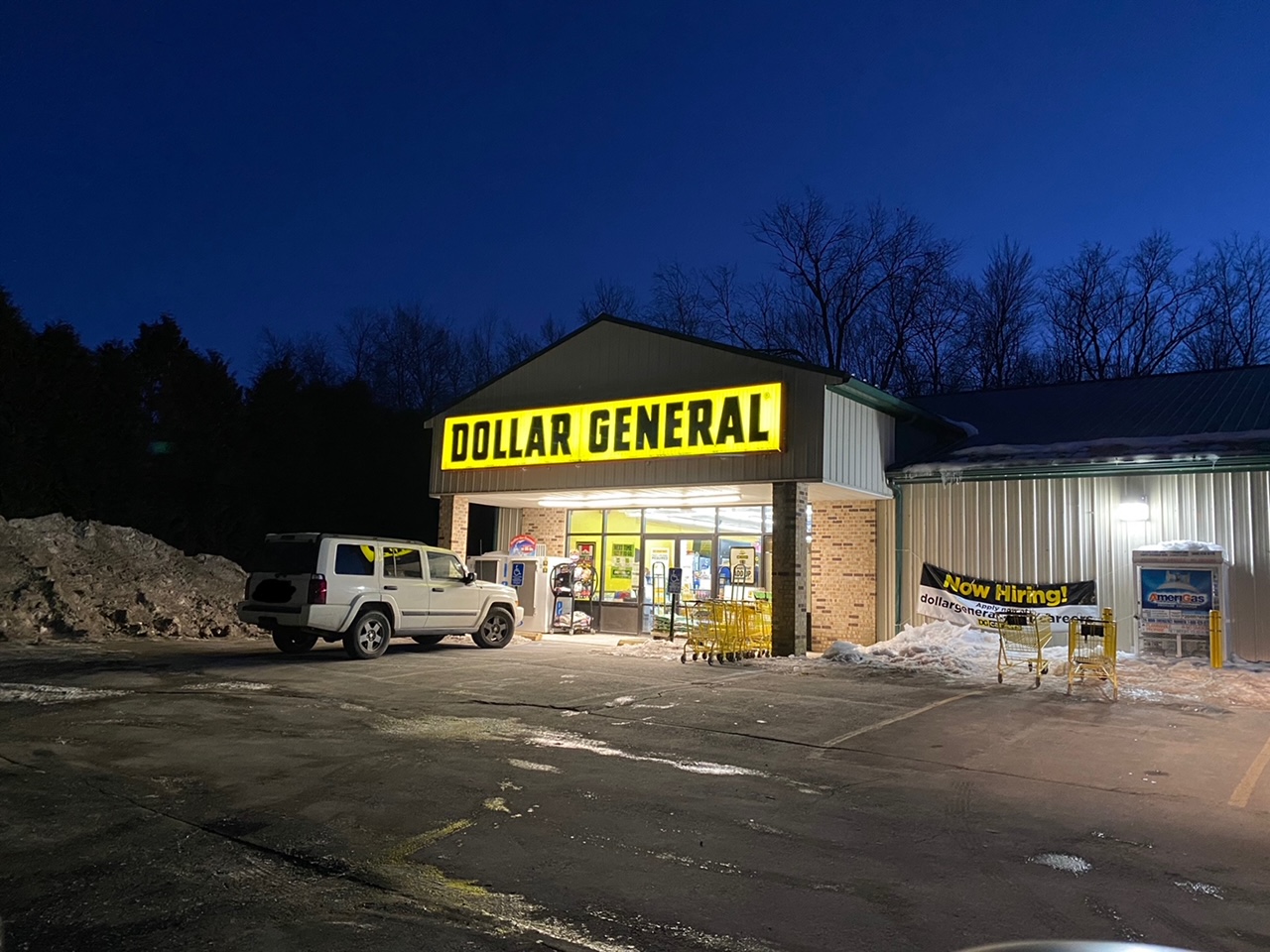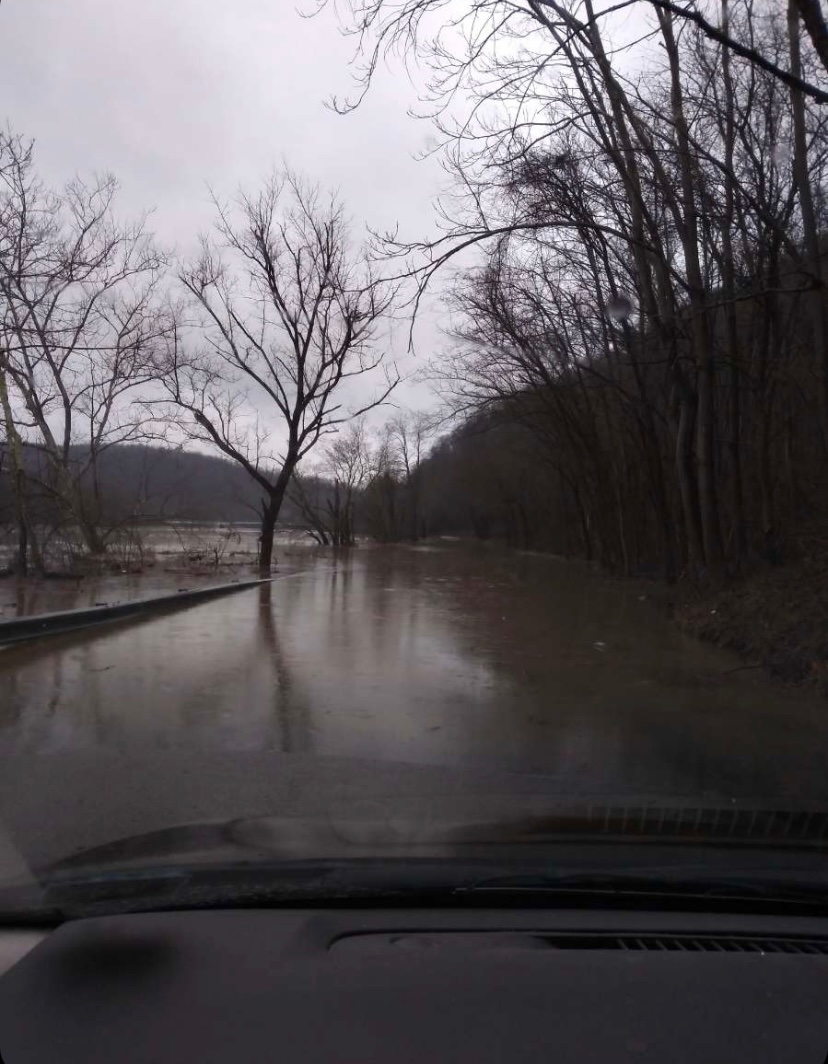Portraits of Rural Health Through the Lens of Moms

Last year, as we celebrated National Rural Health Day, I was excited to share PolicyLab’s new project, “Understanding the Role of Place in Health and Well-being for Rural Families – A Photovoice Project by Moms.” The project aimed to envision—through the eyes of moms living in rural communities—how local policy and community planning could better support the health of families with children living in rural Pennsylvania. To do this, I worked with moms to employ photovoice and story mapping, two community-based research methods that engage participants as researchers themselves by taking photos, mapping the pictures and sharing their stories behind the photographs.
In the year since, participants from across the state have submitted nearly 300 photographs and narratives illustrating how they feel their community and environment influences their family’s health and how local government can improve health outcomes for rural families. The photos I received included a range of diverse content, from the deeply personal to community-wide, private and public spaces, places that are beloved and others that are reviled, communities that are growing and others that are shrinking. Artistically, they include portraits, landscapes and still life images; some are snapshots of fleeting moments while others are posed, some are explicitly displayed objects, others are panoramas.
The photos captured a variety of emotions: joy from being in nature, fear of poor health care access, gratefulness for their community, disappointment for environmental damage, contentment at the sound of a backyard creek, anger at the pandemic, amusement with children’s play, wonder with the evening sky, sadness at places that change, and longing to be somewhere else. The stories that women shared felt especially poignant to me. Throughout the process of gathering photos and stories of parenthood and place, I was preparing to become a mother myself. I felt especially close to the research as I listened to participants—many of them new mothers—share their experiences of pregnancy and parenthood during the pandemic. I have focused on rural health for the better part of my career, but the deeply personal stories individuals contributed to this project illuminated the complexity of the subject in a new way.

Photos like the one above of children waiting for the school bus, submitted by Meqmeqka Zeshera of Fulton County, Pa., capture the joy of living in a rural environment.
Participants approached the topic of health in a variety of different ways, exploring health through the lens of non-health care services, like transportation, housing, environment, employment and access to services. Their approach often points to social conditions and fundamental causes, or social determinants, of health. Their ideas for improving maternal and child health in rural communities tend to include interdisciplinary actions like addressing industrial pollution, improving roads and infrastructure, promoting living wage employment and supporting local school systems.


Participants’ photos often portrayed the influence of social determinants of health. For example, here participants shared frustration with few fresh food retailers and annoyance at flooded roads while trying to drive to doctor’s appointments. (Top, by Brianna Card in Susquehanna County, Pa.; Bottom, by Carolyn Farrier in Fayette County, Pa.)
Image-based methods like the ones used in this project can be especially powerful tools for revealing to policymakers the nuanced and rural-specific community conditions that they may overlook or be unfamiliar with when developing policies to support maternal and child health. Results of this project reinforce the need for rural-relevant policies that support widespread structural investments in rural places. As we move forward from a pandemic that was, and remains, especially difficult for mothers, we need a renewed focus on widespread social and physical supports, beyond health care, to protect and improve maternal health.
Stay tuned over the next season as we work with participants to develop a website that will serve as a public platform for sharing all of these images, narratives, and policy and planning ideas for creating healthier rural communities.
*This research was funded through Robert Wood Johnson’s Health Policy Research Scholars training fellowship.

